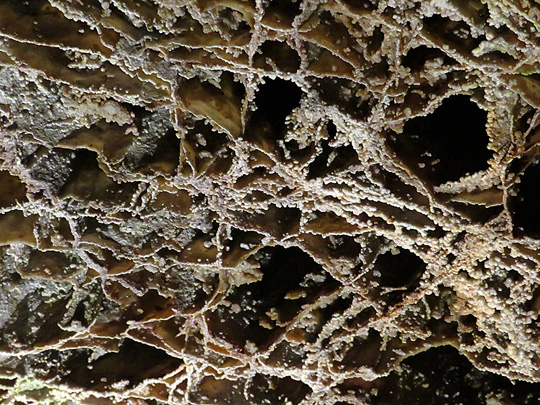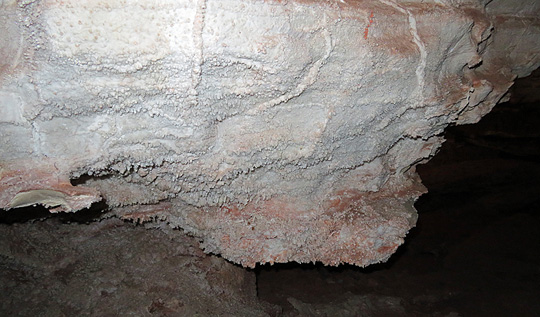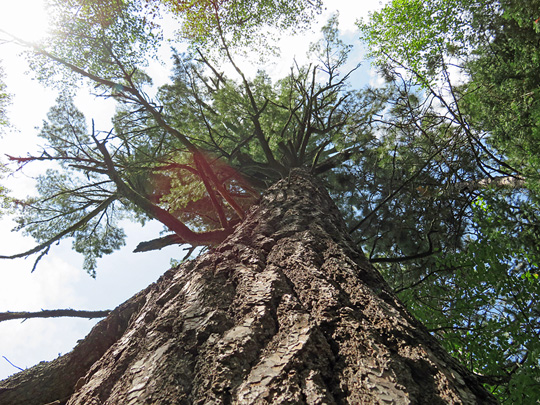13 August 2017
We’re not taking the most direct route across the continent. I wanted to take several-hundred-mile detour to Drumheller, Alberta to visit the Royal Tyrrell Museum. I heard about it because of the new exhibit of a “mummified” dinosaur that had scales and internal organs mostly intact. It turned out to be well worth the trip -- this is one spectacular dinosaur museum. I’d put it on the must-see list for any dinosaur enthusiast.
We’re not taking the most direct route across the continent. I wanted to take several-hundred-mile detour to Drumheller, Alberta to visit the Royal Tyrrell Museum. I heard about it because of the new exhibit of a “mummified” dinosaur that had scales and internal organs mostly intact. It turned out to be well worth the trip -- this is one spectacular dinosaur museum. I’d put it on the must-see list for any dinosaur enthusiast.
 |
| The nodosaur, Borealopelta markmitchelli, that was the original reason for coming here. |
 |
| The museum has kept a number of specimens intact in the rock in which they were discovered. This one is a juvenile Gorgosaurus libratus. |
 |
| Another in situ specimen -- Tyrannosaurus rex. |
 |
| A balcony view of an Albertosaurus skull that also shows a portion of the huge gallery below. |
 |
| Euoplocephalus skull. |
















































